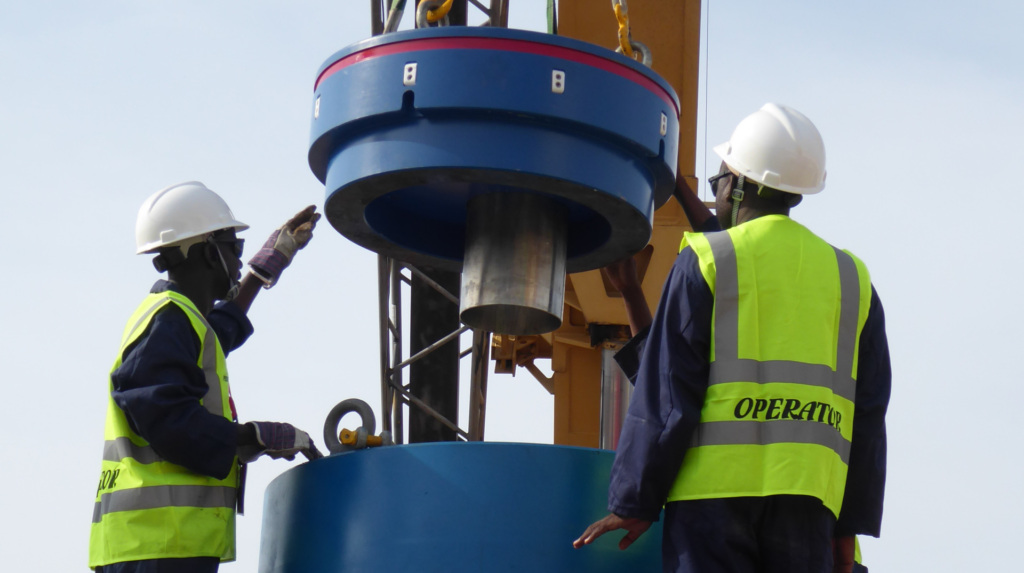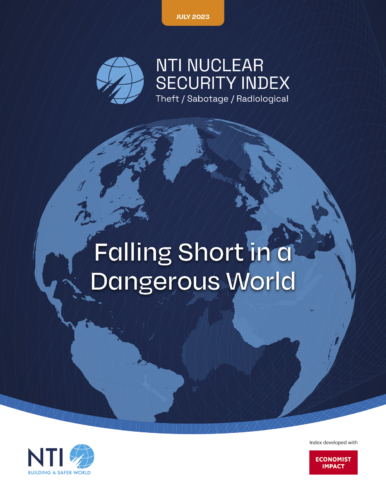
In the early 2000s, the world faced a conundrum about the use of highly enriched uranium (HEU), a weapons-usable nuclear material. On one hand, growing inventories of HEU and a burgeoning HEU economy presented serious security and proliferation risks. On the other hand, HEU was fueling vital scientific research and medical treatments. To tackle this challenge, the international community invested in an effort to bring together scientists and policymakers to find alternatives to HEU for these applications.
Through advances in technology and the development of new varieties of low-enriched uranium (LEU) fuel that are not suitable for nuclear weapons, experts found ways for nearly all research and medical objectives to continue without the need for HEU. This transition led to a global movement away from HEU in all civilian settings. Since then, the majority of the research and medical facilities that used HEU have either converted their operations to LEU use or shut down, and almost all new nuclear research and medical facilities are designed to use LEU fuel. As a result, inventories of civilian HEU have been reduced by more than 7 metric tons.
Today, about 20 years on, the world faces a similar conundrum about the use of the other primary weapons-usable nuclear material: plutonium. Global inventories of separated plutonium have ballooned by more than 100 metric tons over the past two decades and present serious security and proliferation risks. At the same time, this plutonium, which is mostly used for commercial nuclear power, is helping fuel carbon-free electricity in the global effort to fight the scourge of climate change.
Global inventories of separated plutonium have ballooned by more than 100 metric tons over the past two decades and present serious security and proliferation risks.
The international community now has an opportunity to repeat its success in reducing and reversing the use of a dangerous nuclear material while retaining the benefits it provides. A sound technical basis already exists showing that all the core goals of nuclear power—climate change mitigation, resource diversification, grid flexibility, and economic opportunity—can be achieved without plutonium fuels. In fact, of the 31 countries and Taiwan with active nuclear power programs, only 5 use a plutonium fuel cycle: China, France, India, Japan, and Russia. The remaining 25 countries and Taiwan meet their nuclear power needs with LEU. A plutonium fuel cycle is generally much more costly than using LEU alone, but countries that do use plutonium have chosen this path for various reasons. Those reasons include an attempt to reduce nuclear waste challenges, a pursuit that has largely been unsuccessful because of the very modest benefits that can be achieved.
Looking toward the next generation of nuclear power, companies around the world are offering myriad designs that could help shape a clean energy future. All those designs offer the promise of a carbon-free, reliable energy supply. Some lean on a plutonium fuel cycle, whereas others offer all the benefits of nuclear power without the need for the most dangerous materials. Nuclear energy stakeholders can and should reap all of the technology’s benefits without wading into the security and proliferation pitfalls that come with plutonium fuels.

